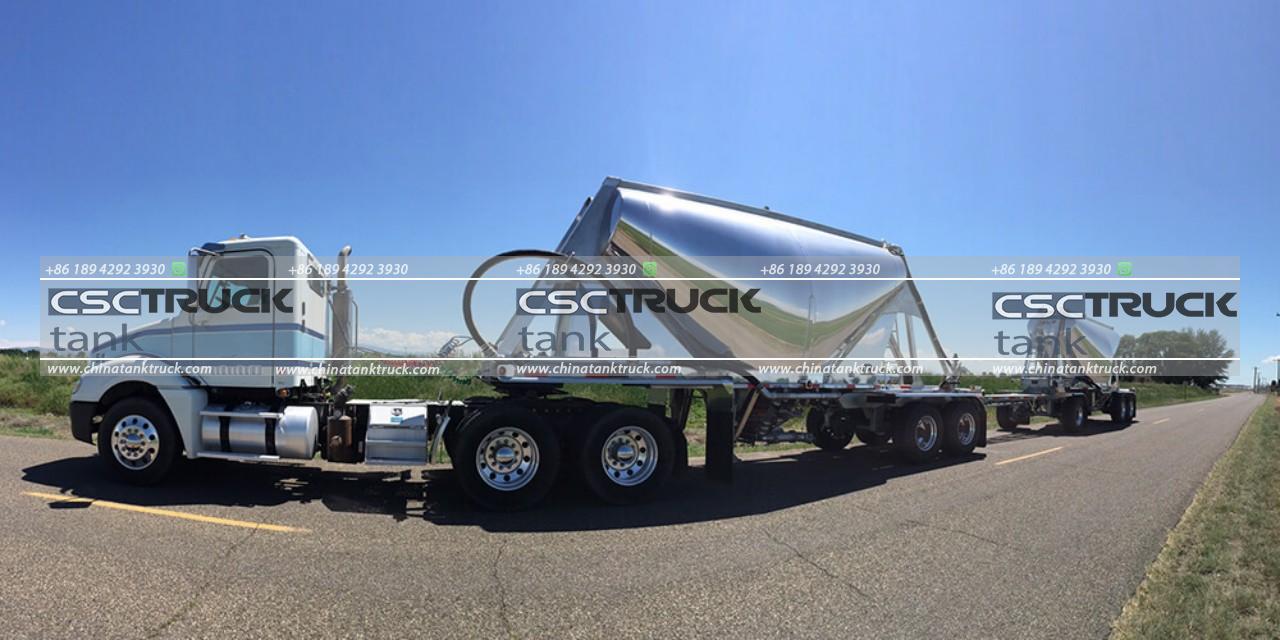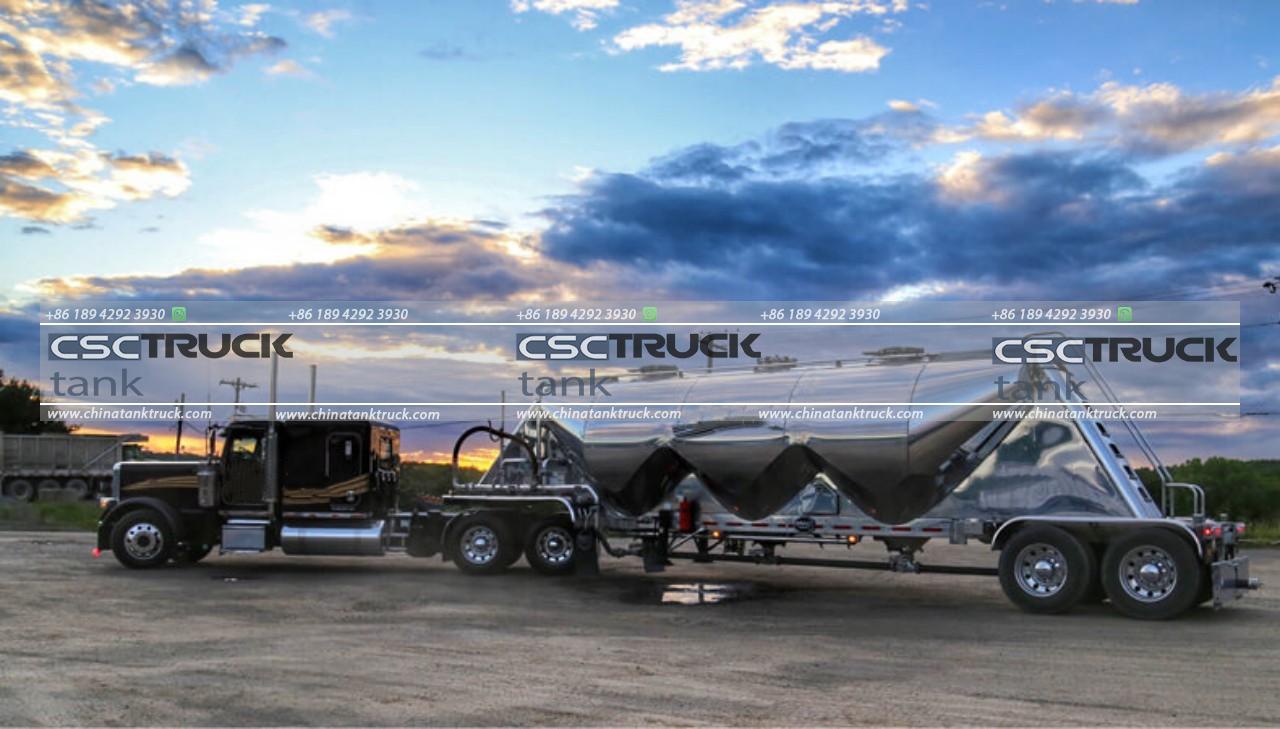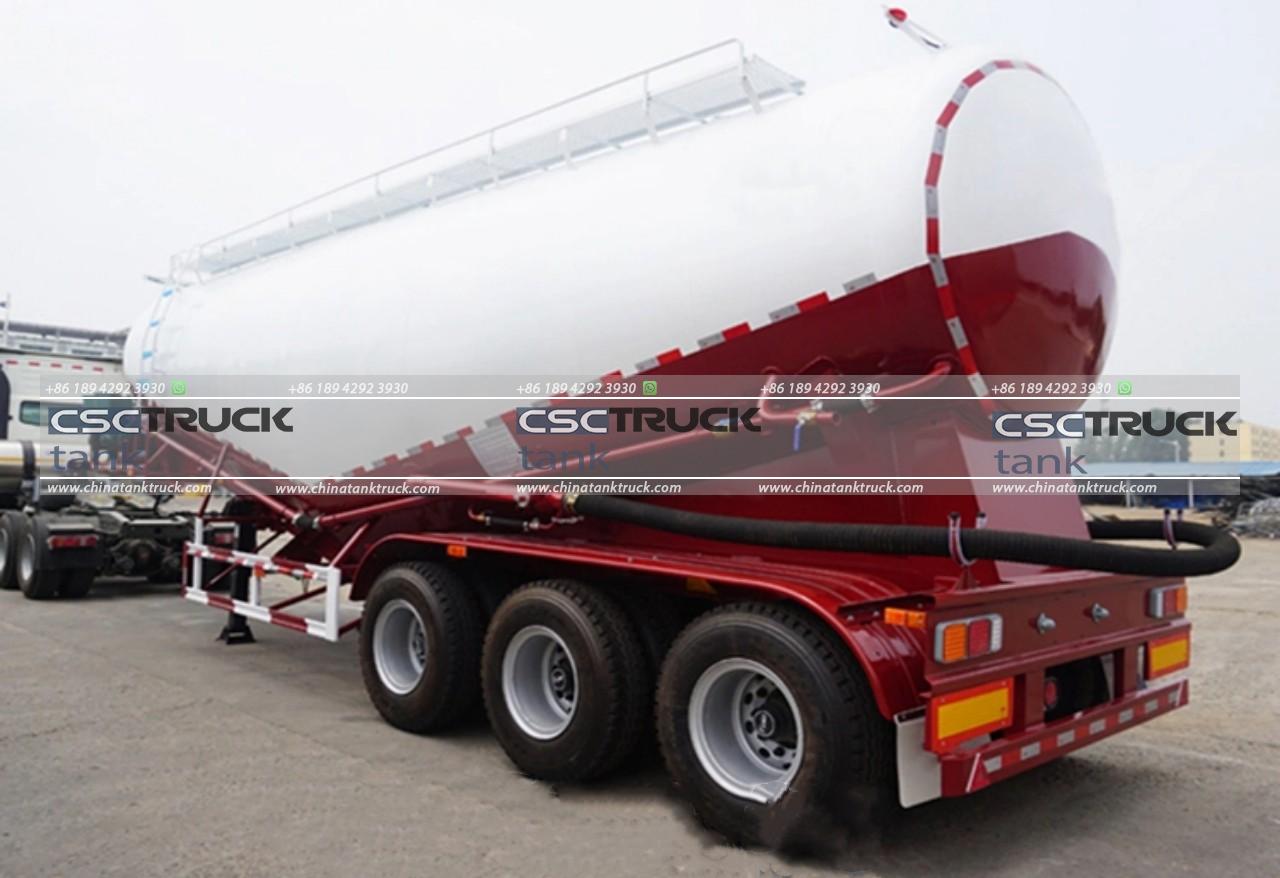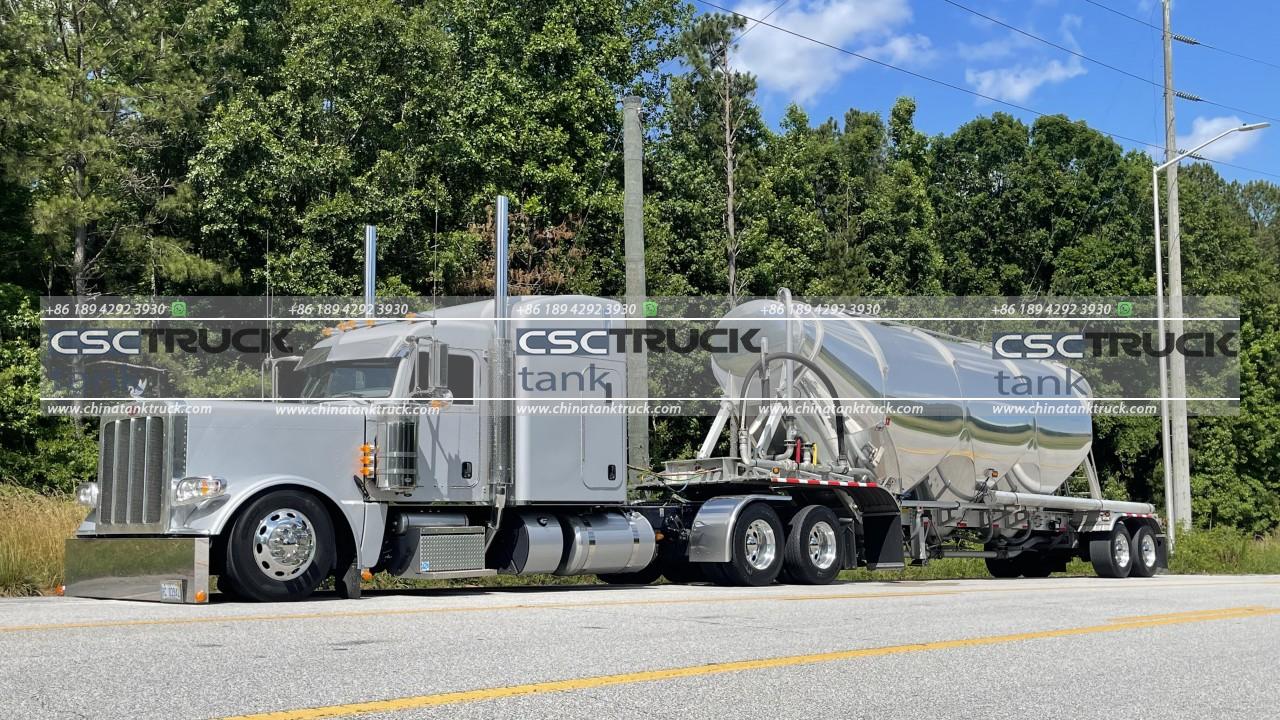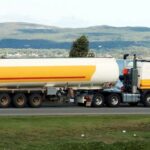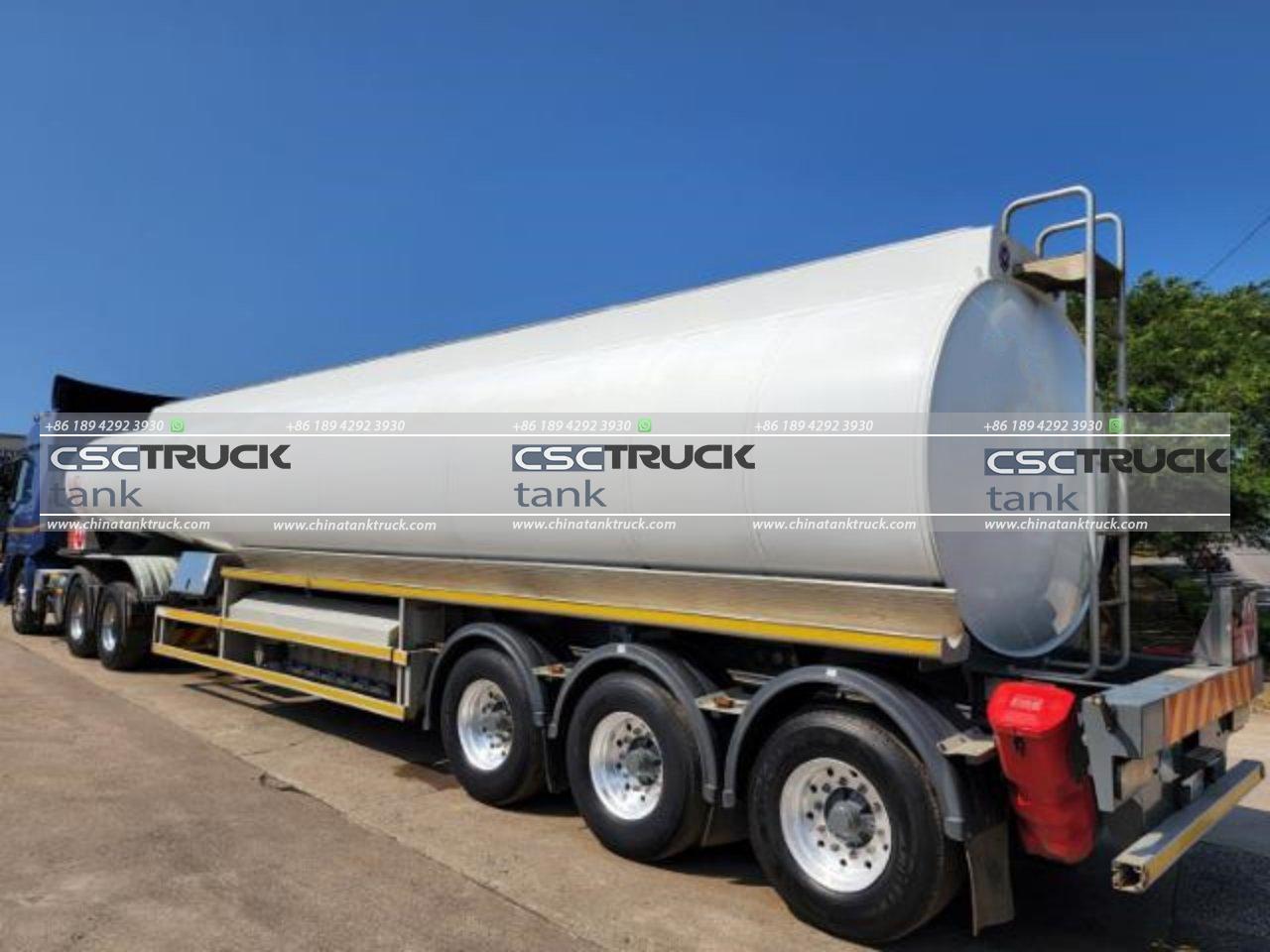Bulk material transport plays a crucial role in various industries, ranging from construction and manufacturing to agriculture and mining. Moving large quantities of powdered or granular materials efficiently and safely requires specialized equipment, and one such vehicle is the pneumatic tank truck. These trucks utilize pneumatic systems to transport bulk materials, offering several advantages over alternative methods. In this article, we will explore how a pneumatic tank truck works and its significance in bulk material transport.
Firstly, let’s understand what a pneumatic tank truck is. A pneumatic tank truck, also known as a bulk blower truck or a bulk tanker, is a heavy-duty vehicle specifically designed to transport dry bulk materials such as cement, sand, flour, plastic pellets, and various other powders or granules. These materials are loaded into a large, sealed tank located on the truck’s chassis.
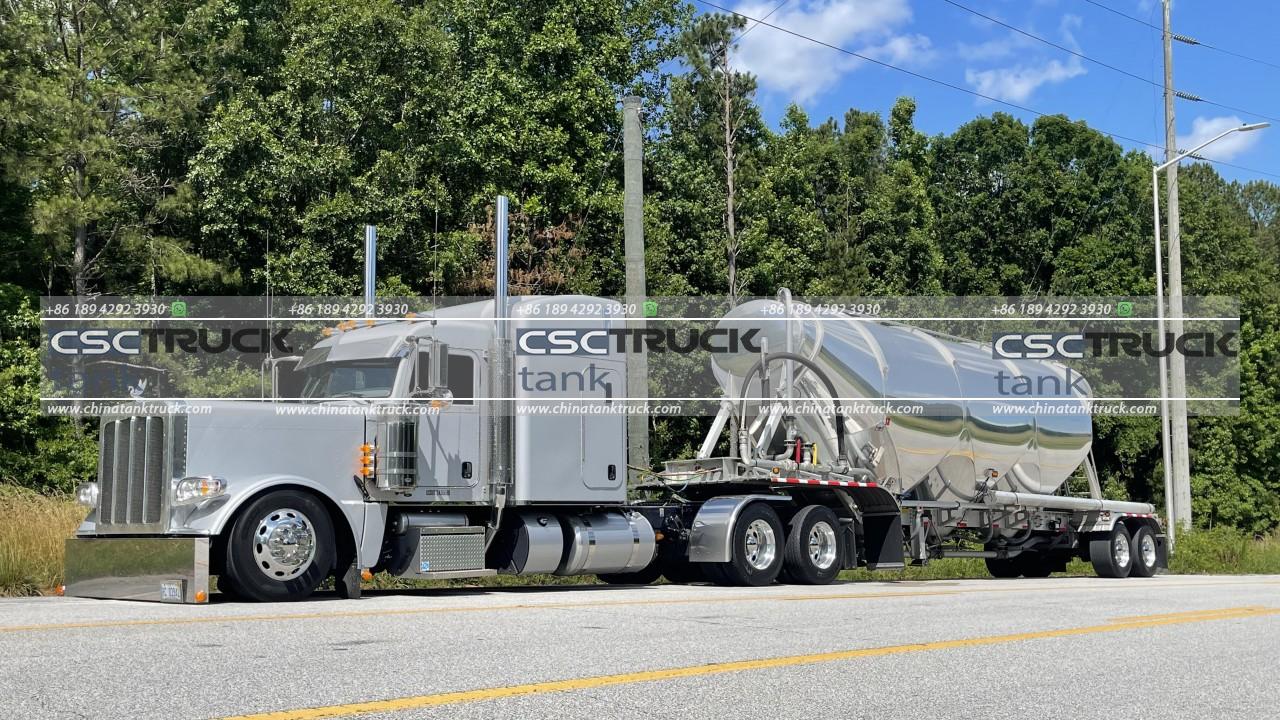
The primary mechanism that enables the transportation of bulk materials in a pneumatic tank truck is the pneumatic system. This system utilizes compressed air to create pressure differentials within the tank, allowing for the movement of materials. The key components of a pneumatic tank truck include the tank, the compressor, the blower, and a series of valves and pipelines.
The tank, typically made of high-strength steel or aluminum, is a cylindrical structure with a large storage capacity. It is designed to withstand the pressure differentials generated during loading, transportation, and unloading. The tank is equipped with various compartments to facilitate the transportation of multiple materials simultaneously or to segregate different types of materials.
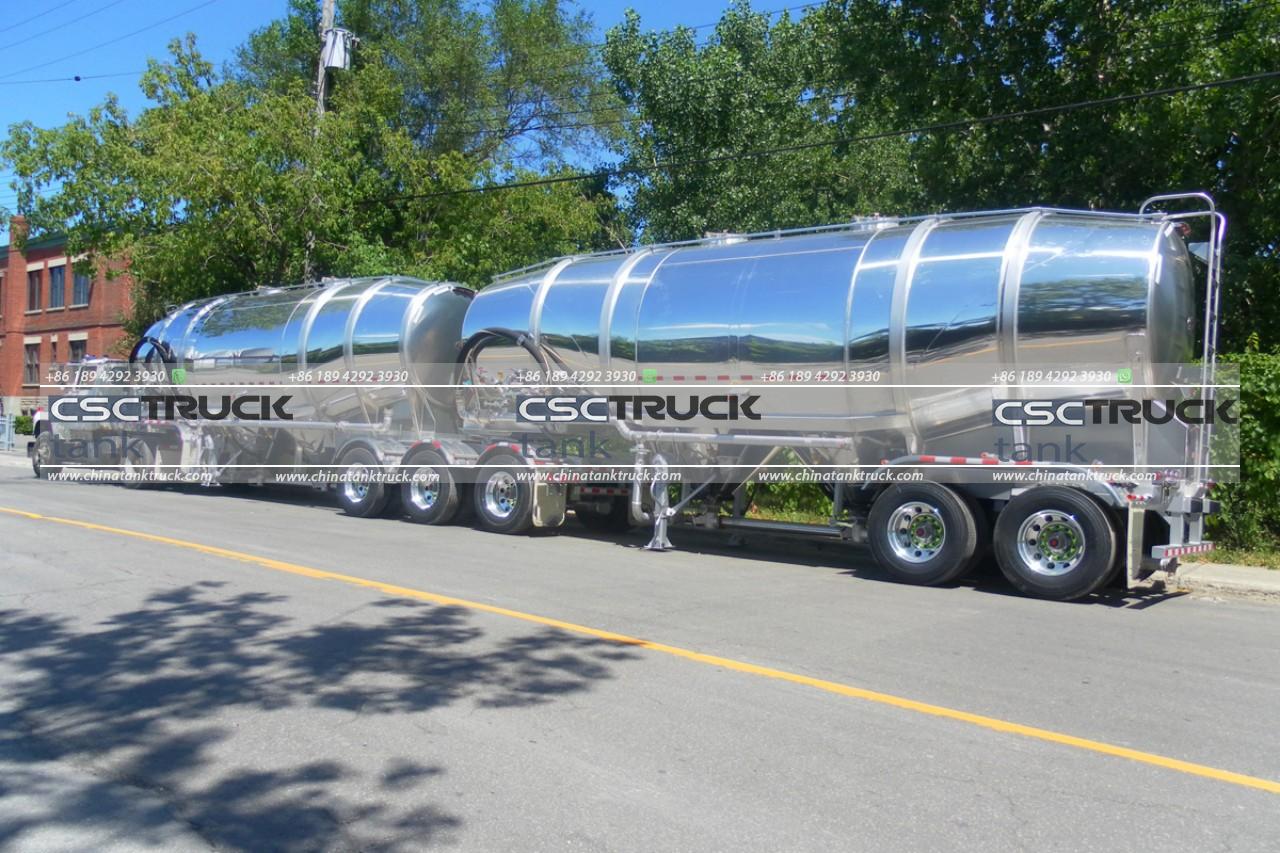
The compressor mounted either on the truck chassis or in a separate unit, is responsible for generating the compressed air needed for the pneumatic system. It draws in atmospheric air and compresses it to a high pressure, typically ranging from 10 to 30 pounds per square inch (psi). The compressed air is then directed into the tank through a series of pipelines.
Once inside the tank, the compressed air creates pressure that fluidizes the bulk materials. This fluidization process causes the particles to behave like a fluid, allowing them to flow easily. It reduces friction between particles and with the tank’s walls, ensuring a consistent and efficient material discharge.
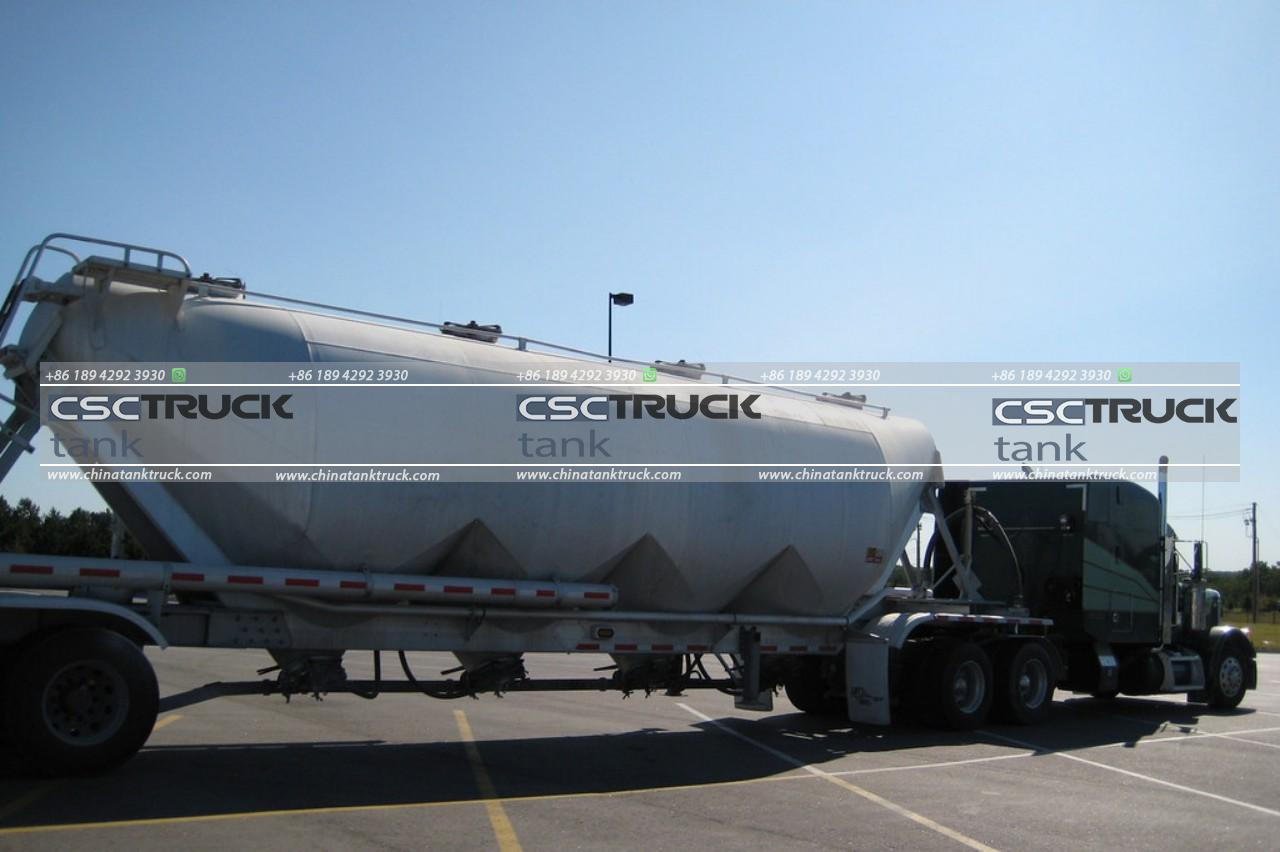
The blower, also known as an air mover, is another critical component of the pneumatic tank truck. It is driven by a power take-off (PTO) from the truck’s engine or a separate power source. The blower draws in the fluidized material-air mixture from the tank and propels it toward the destination. The high-velocity airflow created by the blower transports the bulk materials through the pipelines connected to the tank.
To control the movement of materials, pneumatic tank trucks employ a network of valves and pipelines. These valves regulate the airflow, allowing for selective loading and unloading of materials. For example, during loading, the appropriate valves are opened to introduce the materials into the tank. Conversely, during unloading, the valves direct the material-air mixture toward the desired destination, such as a silo or a storage facility.
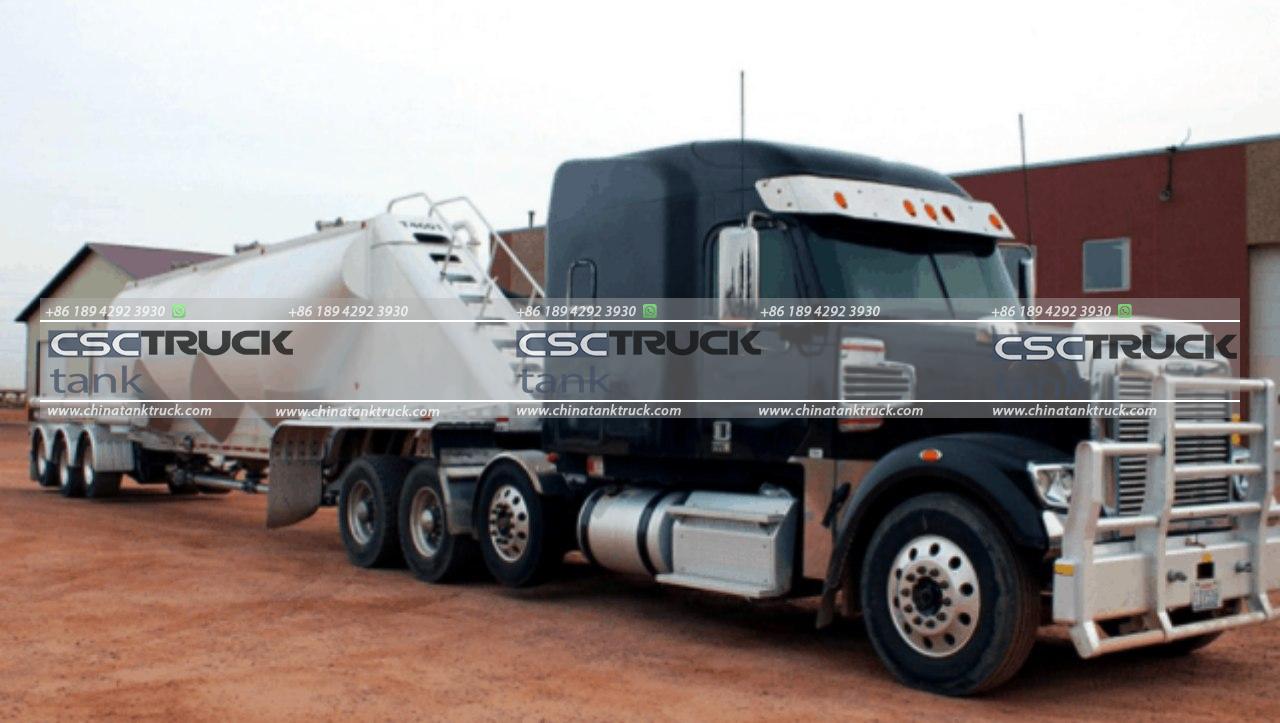
The flexibility of a pneumatic tank truck lies in its ability to transport bulk materials over long distances and reach areas that are difficult to access for other modes of transportation. The high-pressure pneumatic system ensures that materials can be vertically or horizontally delivered, overcoming obstacles and elevations. This makes pneumatic tank trucks particularly useful in construction sites, where materials need to be transported to elevated levels or in remote areas.
Furthermore, the pneumatic tank truck offers advantages in terms of efficiency and safety. The fluidization process minimizes material compaction, reducing the risk of bridging or clogging. It also enables quick and uniform discharge, allowing for faster loading and unloading times. The sealed tank design prevents material contamination and minimizes dust emissions.
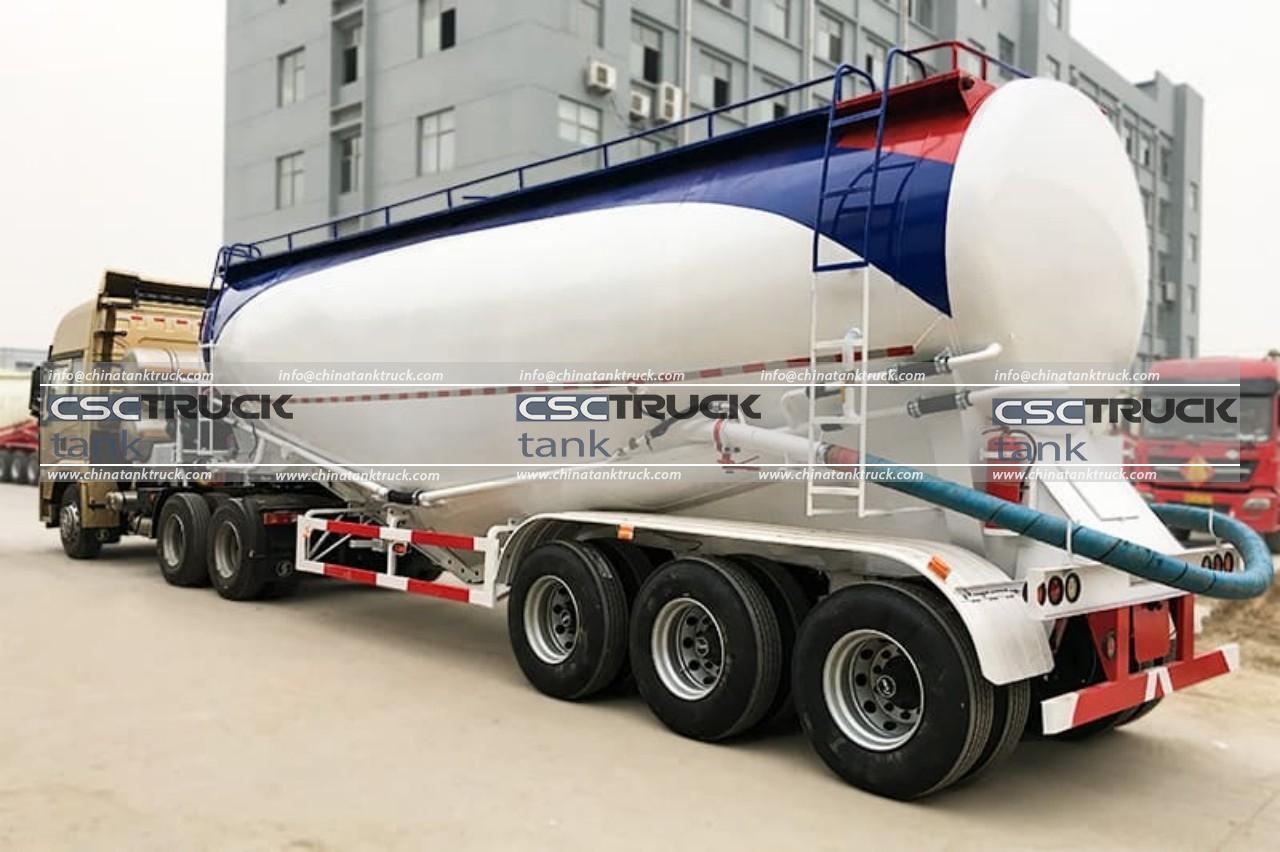
Additionally, the pneumatic system eliminates the need for manual handling of bulk materials, reducing the risk of worker injuries and ensuring a more efficient and consistent transport process. The controlled airflow also minimizes the release of dust particles into the environment, promoting a cleaner and safer work environment.
Maintenance and safety measures are essential aspects of operating a pneumatic tank truck. Regular inspections of the tank, pipelines, valves, and pneumatic components are necessary to identify any potential issues or leaks that could compromise the integrity of the system. Proper maintenance and cleaning procedures should be followed to prevent material residue buildup and ensure optimal performance.
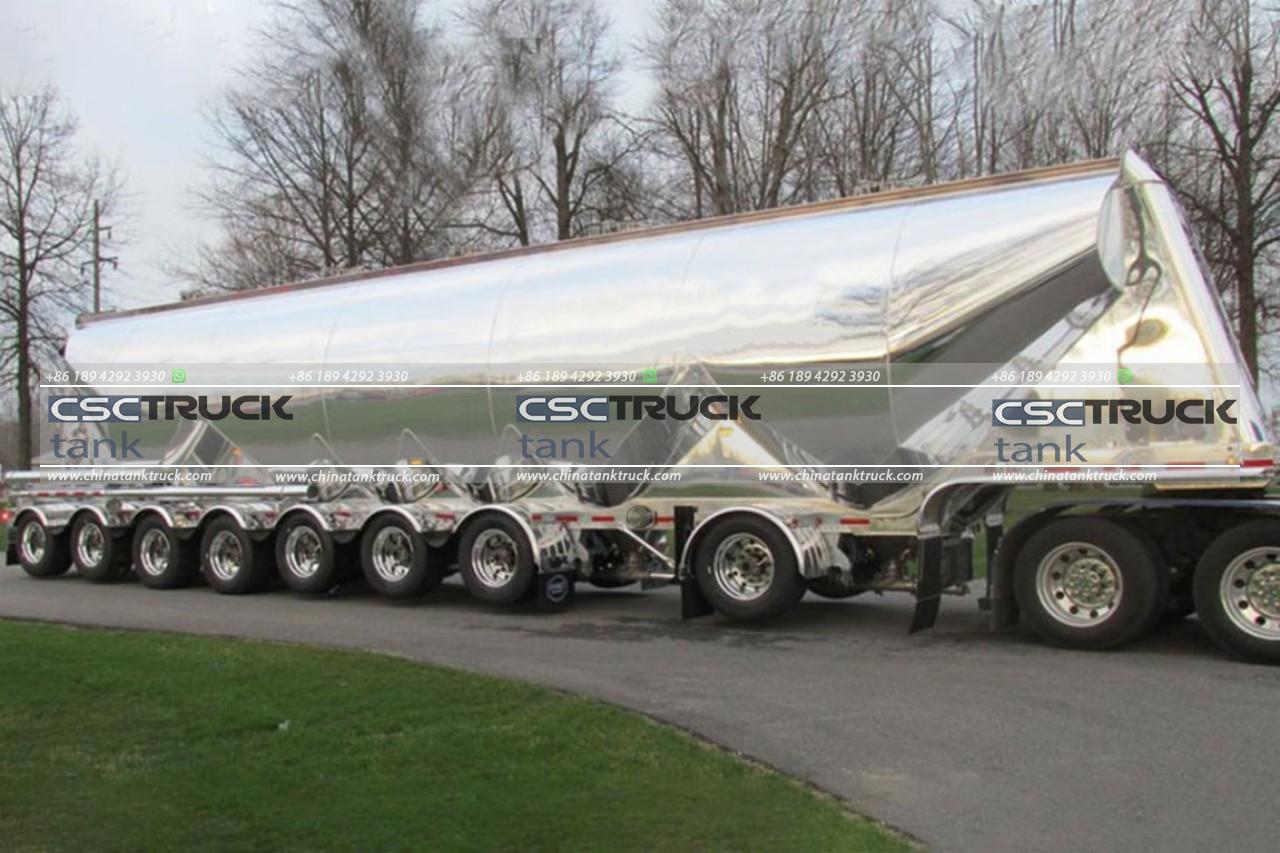
Safety features such as pressure relief valves and emergency shut-off systems are installed to prevent over-pressurization and ensure the safe operation of the pneumatic tank truck. Operators are trained in handling the equipment, understanding the principles of pneumatic transport, and following safety protocols to mitigate risks and ensure a smooth and secure transportation process.
In conclusion, a pneumatic tank truck is a specialized vehicle that utilizes a pneumatic system to transport bulk materials efficiently and safely. With its ability to fluidize and transport powdered or granular materials over long distances, it provides a reliable solution for industries such as construction, manufacturing, agriculture, and mining. The compressed air generated by the system enables the movement of materials within a sealed tank, while the blower propels the material-air mixture through pipelines. The flexibility, efficiency, and safety offered by pneumatic tank trucks make them a valuable asset in the bulk material transport industry. Proper maintenance and adherence to safety protocols are vital to ensure the optimal functioning and longevity of these vehicles.
